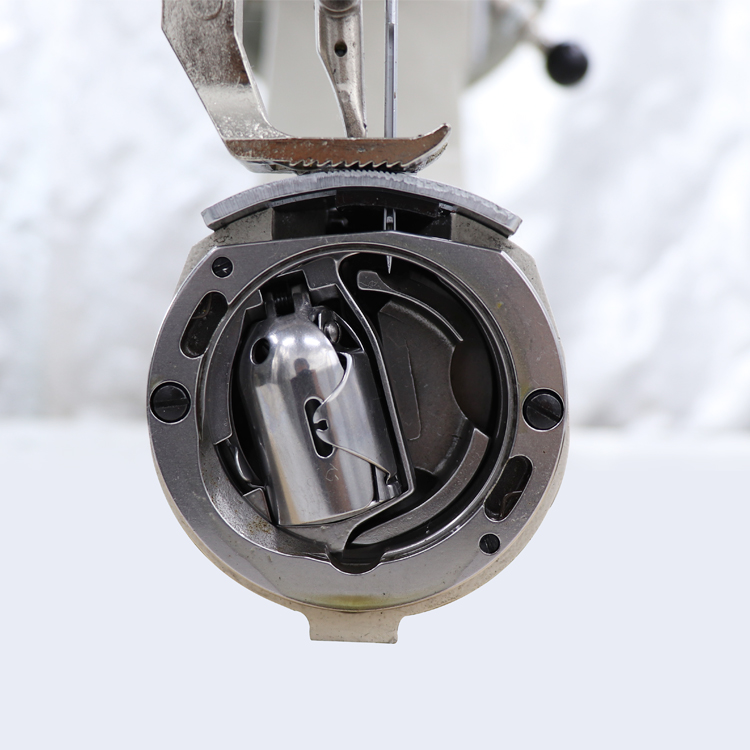sewing leather on a domestic machine
Sewing leather on a domestic machine can seem intimidating at first, but with the right approach and techniques, it can be a rewarding and enjoyable experience. Leather is a durable and stylish material, perfect for crafting bags, wallets, jackets, and a myriad of other items. Here’s a guide to help you get started on your leather sewing journey using a domestic sewing machine.
Understanding Your Machine
Before diving into leather sewing, it’s essential to understand your sewing machine’s capabilities. Not all domestic machines are created equal, and some may struggle with thick materials like leather. Check your machine’s manual for information regarding fabric thickness and needle suggestions. If your machine can handle multiple layers of fabric, you are likely equipped to sew leather.
Selecting the Right Needle and Thread
The first step in sewing leather is choosing the right needle. Use a leather needle, which has a cutting point designed for piercing the material without tearing it. For the thread, opt for a heavier polyester or nylon thread, as they provide the strength needed for leather projects. Additionally, nylon thread has a bit of stretch, which is beneficial when working with leather.
Preparing Your Leather
Before you start sewing, prepare your leather properly. Cut your leather pieces with a sharp rotary cutter or a leather knife. Make sure to use a cutting mat underneath to avoid damaging your work surface. It's a good idea to mark your cutting lines with chalk or a fabric marker designed for leather to ensure precise cuts.
Using the Right Presser Foot
sewing leather on a domestic machine

When sewing leather, the presser foot you use can significantly impact your sewing experience. A Teflon or walking foot is ideal, as it helps move the leather smoothly through the machine without sticking. If you don’t have these feet, you can also use a regular presser foot, but you may need to take extra care to avoid dragging or sticking.
Sewing Techniques
When sewing leather, remember to use a longer stitch length, usually 3-4 mm, as this helps reduce holes in the leather and provides a more professional finish. Sew slowly and steadily, allowing the machine to handle the thick material without forcing it. If you are working with multiple layers, consider using clips instead of pins, as they won’t leave holes and provide a secure hold.
Finishing Your Project
Once you’ve completed your sewing, the finishing touches are important. Trim any excess threads neatly and consider using edge tools to smooth and seal the edges of your leather. This not only enhances the appearance of your project but also prevents fraying.
Conclusion
Sewing leather on a domestic machine is a skill that can be mastered with patience and practice. Start with simple projects to build your confidence and skill level. As you become more comfortable, you can tackle more complex designs. With the right tools, techniques, and a bit of creativity, your leather sewing endeavors can lead to a range of beautiful and functional items that showcase your craftsmanship. Happy sewing!
-
Industrial Cylinder Arm Sewing Machine: Revolutionizing Heavy-Duty SewingNewsJul.28,2025
-
Cylinder Arm Sewing Machine: Perfect for Special Sewing ApplicationsNewsJul.28,2025
-
Cylinder Bed Sewing Machine: Essential for Sewing Complex MaterialsNewsJul.28,2025
-
Heavy Duty Sewing Machine: The Essential Tool for Industrial ApplicationsNewsJul.28,2025
-
Computerized Pattern Sewing Machine: Revolutionizing Precision StitchingNewsJul.28,2025
-
Heavy Duty Industrial Sewing Machine: Power Meets PrecisionNewsJul.28,2025
-
Leather Sewing Machine: The Industrial Standard for Tough MaterialsNewsJul.18,2025





























